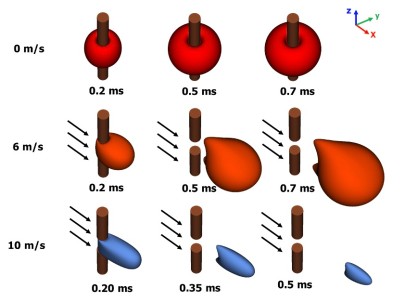Dr. Xinyi Chen
Working area(s)
Hydrogen and ammonia combustion: fundamentals of flame structures
Contact
chen@stfs.tu-...
Work
L1|01 288
Otto-Berndt-Str. 2
64287
Darmstadt
Links
- Ignition in premixed and non-premixed gas: ignition under extreme conditions (e.g. large Lewis number, reduced pressure), ignition in complex flow conditions (e.g. turbulence, imposed flow), ignition with complex chemistry (e.g. low/intermediate-temperature chemistry).
- Heat release rate markers for blending fuels.
- Combustion characteristics of fuels towards zero carbons, such as hydrogen-methane and hydrogen-ammonia mixtures.
- Direct Numerical Simulations
- Large Eddy Simulations
- Data analysis and visualization
All publications are listed in the publication list:
Please note:
The integrated database, TUbiblio of TU Darmstadt, is currently being revised, which is why the author's complete publication list can currently only be accessed though the links above.




